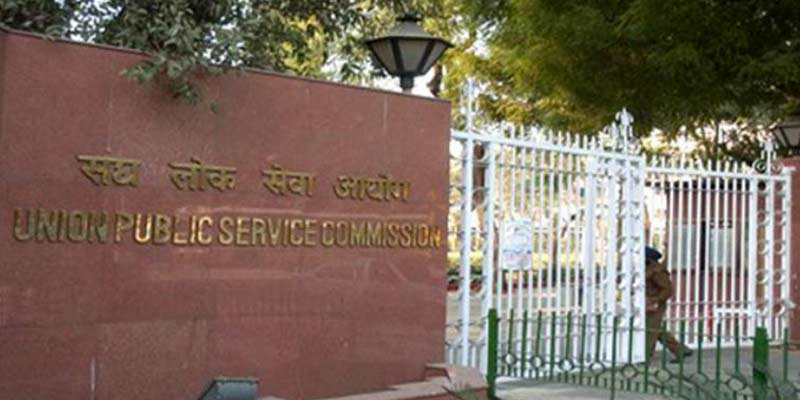- India
- May 17
Manoj Soni takes oath as UPSC chairman
• Eminent educationist Manoj Soni took oath as the chairman of the Union Public Service Commission (UPSC) on May 16.
• Soni, who joined the Commission as member on June 28, 2017, has been performing the duties of the UPSC chairman since April 5, 2022.
• He was administered the oath of office and secrecy as chairman, UPSC by Smita Nagaraj, senior most member in the Commission.
• Prior to his appointment in the UPSC, Soni has served three terms as vice-chancellor. These include two consecutive terms from August 1, 2009 to July 31, 2015 as VC of Dr Babasaheb Ambedkar Open University (BAOU), Gujarat, and one term as VC of The Maharaja Sayajirao University of Baroda from April 2005 to April 2008.
Union Public Service Commission
• The Union Public Service Commission comprises a chairman and ten members.
• By the exercise of powers conferred by the proviso to Article 320 (3) of the Constitution the President has made the UPSC (Exemption from Consultation) Regulations, 1958 as amended from time to time, as respects the All India Services and also as respects other services and posts in connection with the affairs of the Union specifying the matters in which it shall not be necessary for the UPSC to be consulted.
Origin of UPSC
• Section 96C of the Government of India Act, 1919 provided for the establishment in India of a Public Service Commission which should “discharge, in regard to recruitment and control of the Public Services in India, such functions as may be assigned thereto by rules made by the Secretary of State in Council”.
• After the passing of the Government of India Act, 1919, a prolonged correspondence took place between the Secretary of State, the government of India and local governments, regarding the functions and machinery of the body to be set up.
• In 1924, the Lee Commission recommended that the statutory Public Service Commission contemplated by the Government of India Act, 1919 should be established without delay.
• The first Public Service Commission was established on October 1, 1926. The Commission consisted of four members in addition to the chairman, appointed by the Secretary of State in Council. Sir Ross Barker, a member of the Home Civil Service of the United Kingdom, was the first chairman. The Commission was built up by him and his successors on the model and in accordance with the traditions of the British Civil Service Commission.
• The Sections of the Government of India Act, 1935 relating to the Public Service Commissions were brought into force on April 1, 1937, and the then Public Service Commission at the Centre became the Federal Public Service Commission.
• The Constituent Assembly saw the need for giving a secure and autonomous status to Public Service Commission both at Federal and Provincial levels for ensuring unbiased recruitment to Civil Services as also for protection of service interests. After Independence, with the promulgation of the new Constitution for independent India on January 26, 1950, the ‘Federal Public Service Commission’ was accorded a Constitutional status and was renamed as ‘Union Public Service Commission’.
• The chairman and members of the Federal Public Service Commission became chairman and members of the Union Public Service Commission by virtue of Clause (1) of Article 378 of the Constitution.
Functions of UPSC:
The functions of the Commission are prescribed in Article 320 of the Constitution.
These include:
a) Conduct of Examinations for appointment to the Services of the Union.
b) Direct recruitment by selection through interviews.
c) The Commission shall also be consulted in:
(i) Appointment of officers on promotion / deputation / absorption.
(ii) Framing and amendment of Recruitment Rules for various
Services and posts under the government of India and Union Territories.
(iii) Disciplinary cases relating to different Civil Services.
(iv) On any matter referred by the President of India.
Manorama Yearbook app is now available on Google Play Store and iOS App Store


